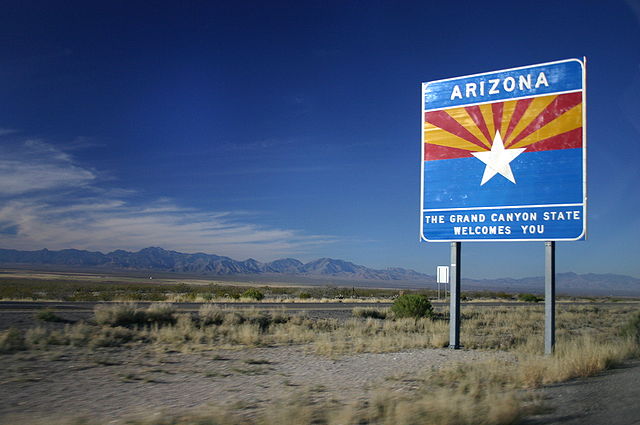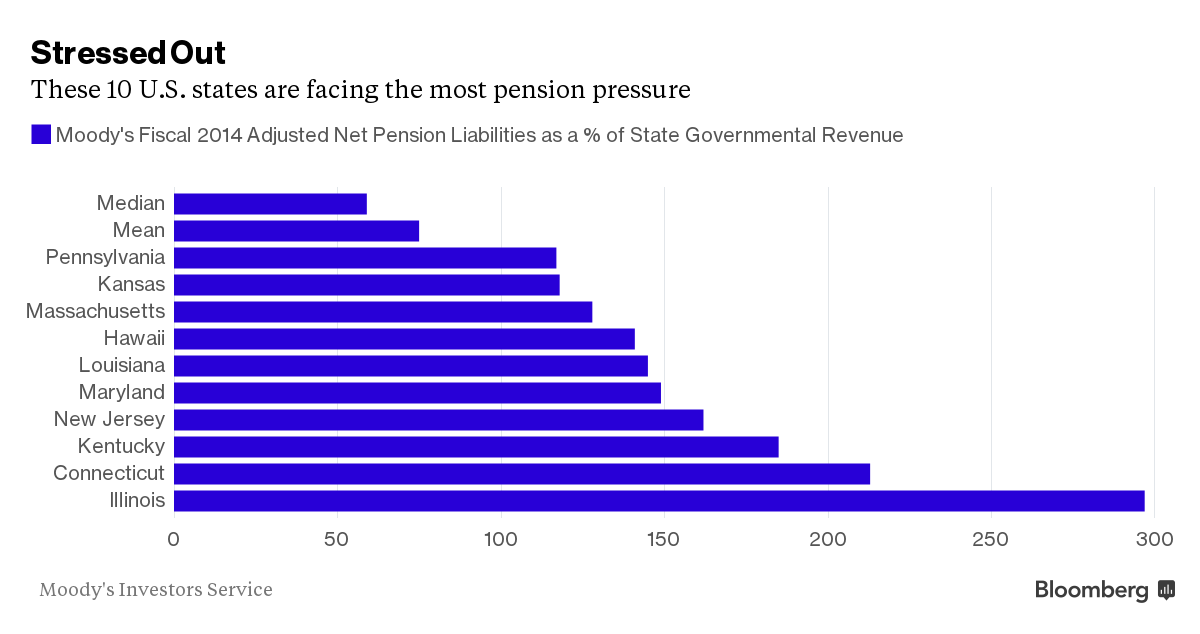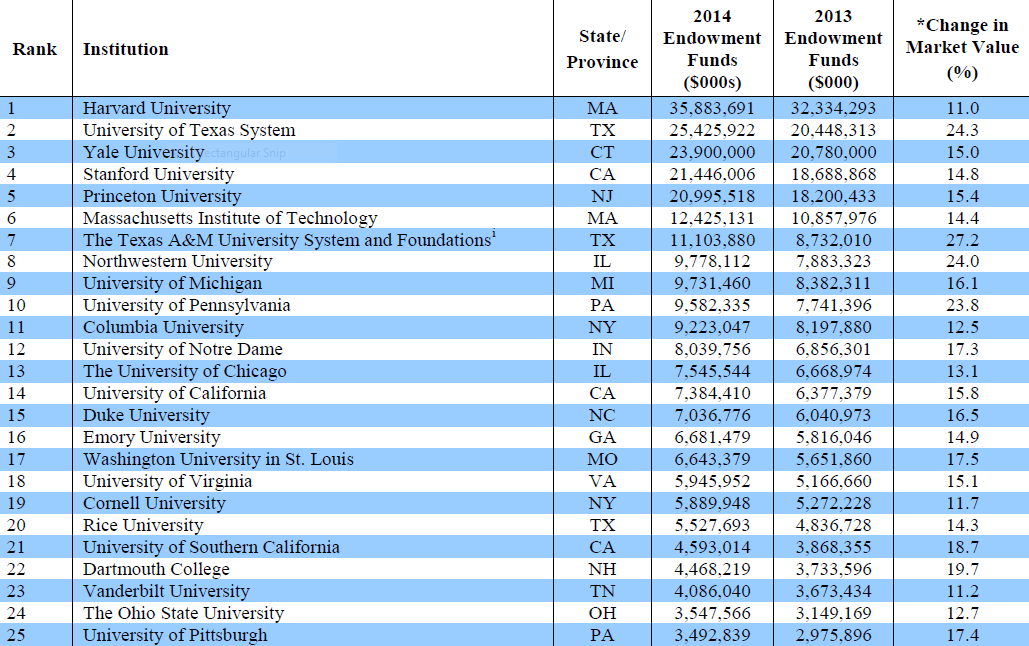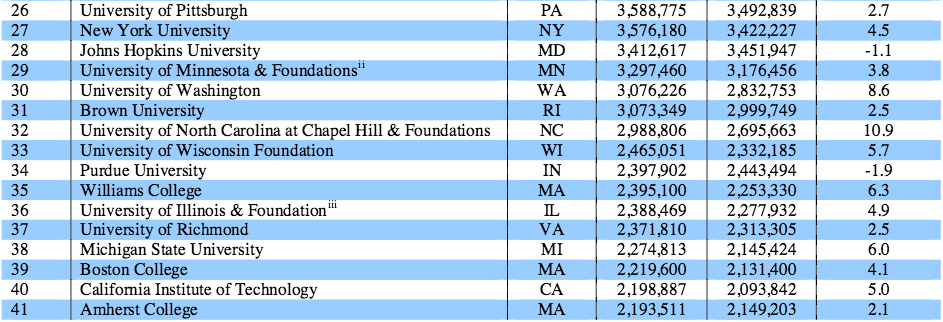The Ontario Teachers’ Pension Plan is looking to offload a portion of its PE portfolio in the secondaries market.
It’s looking to sell a $1 billion chunk of PE fund stakes, which represents about 5 percent of its overall PE portfolio.
More from Financial News:
The portfolio is worth around $1 billion and consists of fund stakes in a range of private equity funds spread globally, the people said.
The Canadian pension plan is speaking to a limited group of potential buyers. The process is at an early stage and no formal bids have been made yet.
A spokesman for Ontario Teachers’ declined to comment on the deal, but said in an emailed statement: “We regularly review our allocation of funds. We remain committed to investing in Europe via GP [general partner] allocation, co-investments and directly.”
As the private equity market continues to mature, many institutions have become active buyers and sellers in the secondaries market, which saw an annual volume of around $40 billion in 2015, according to secondary advisory firm Greenhill Cogent.
While just 14% of sellers in the secondaries market last year were public pension funds, they accounted for over 45% of the aggregate dollar volume in 2015, according to Greenhill Cogent’s Secondary Market Trends & Outlook report, which was published in January.
Ontario Teachers’ managed $155 billion in assets as of the end of 2014.
Photo jjMustang_79 via Flickr CC License









